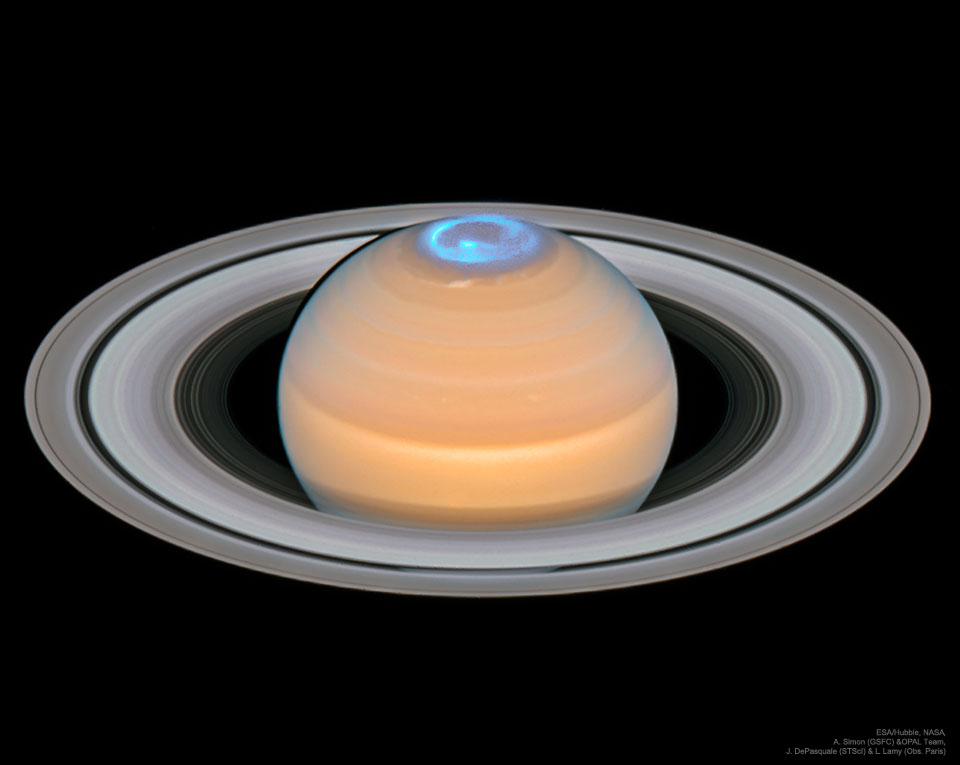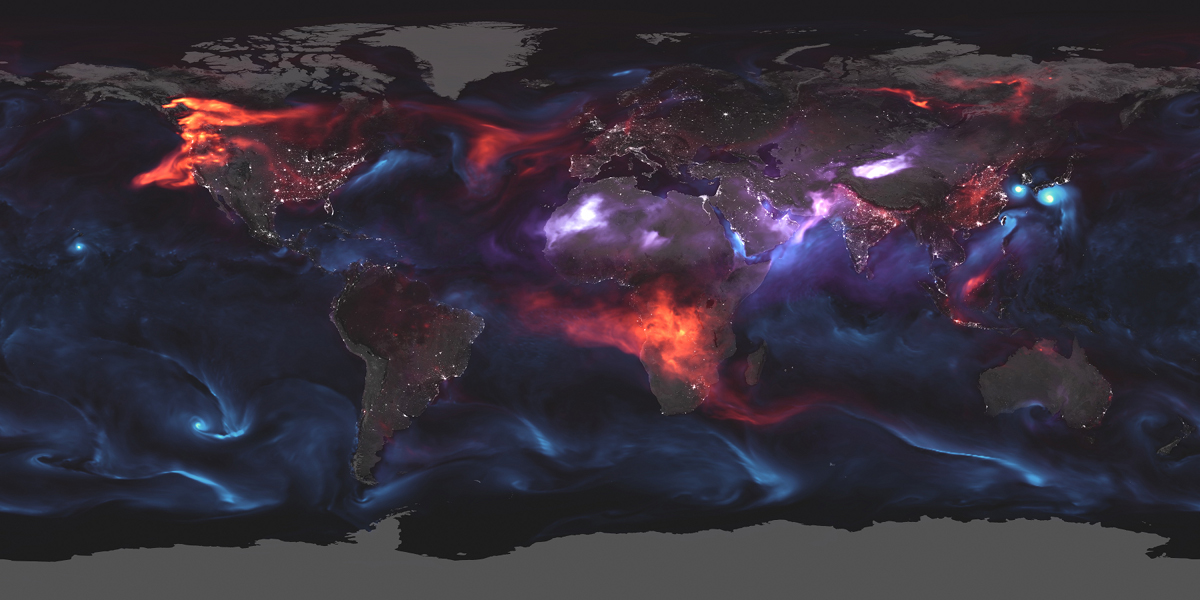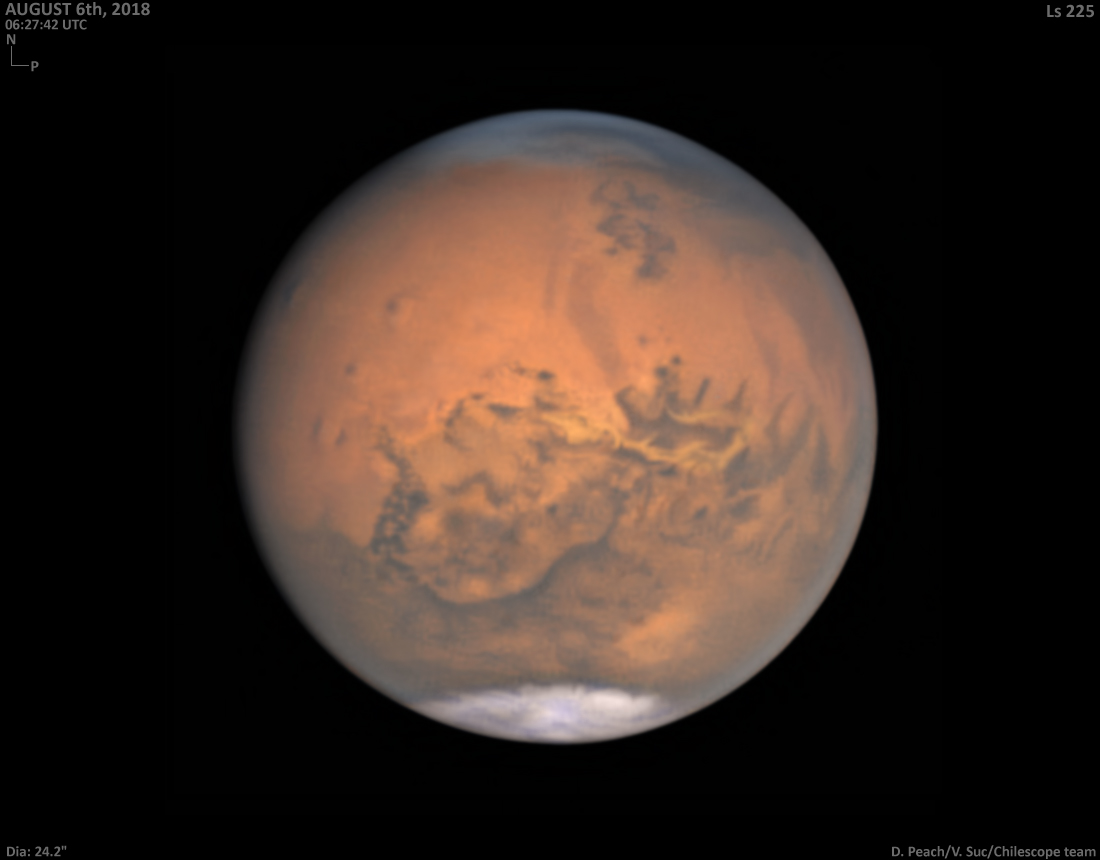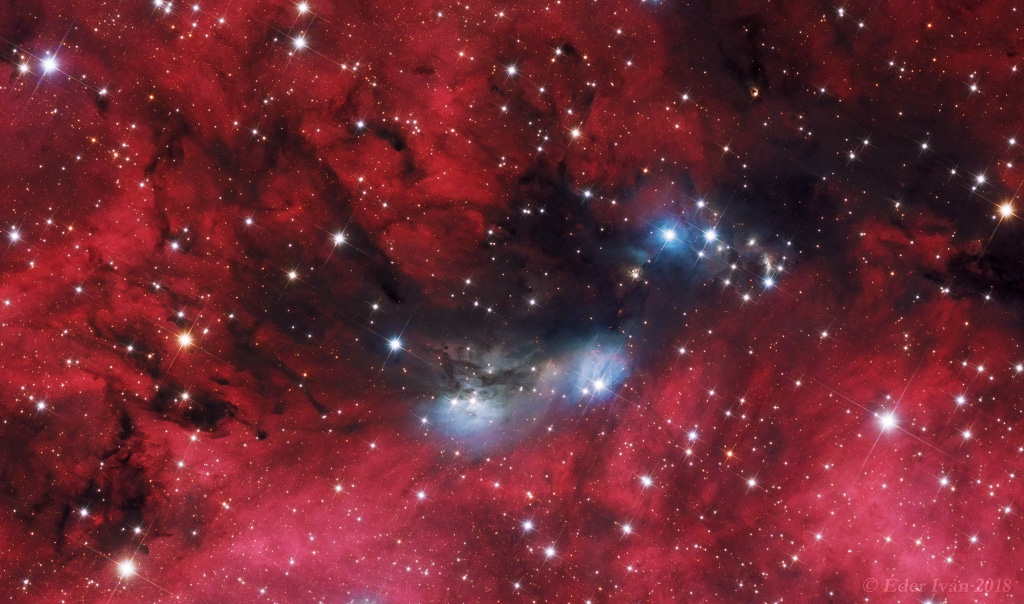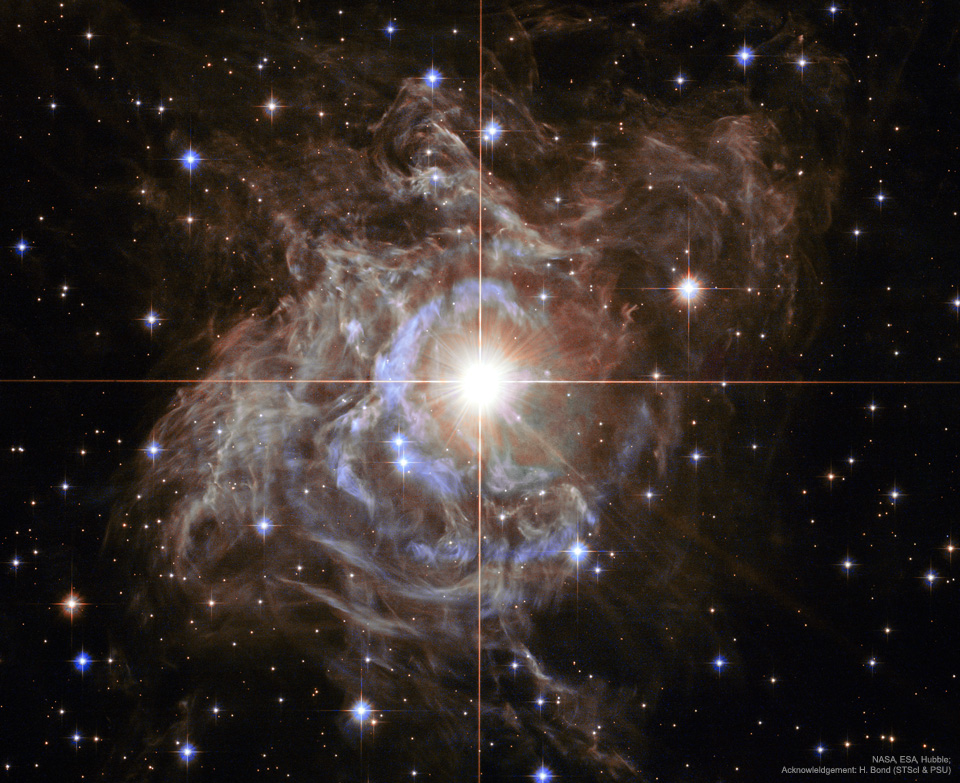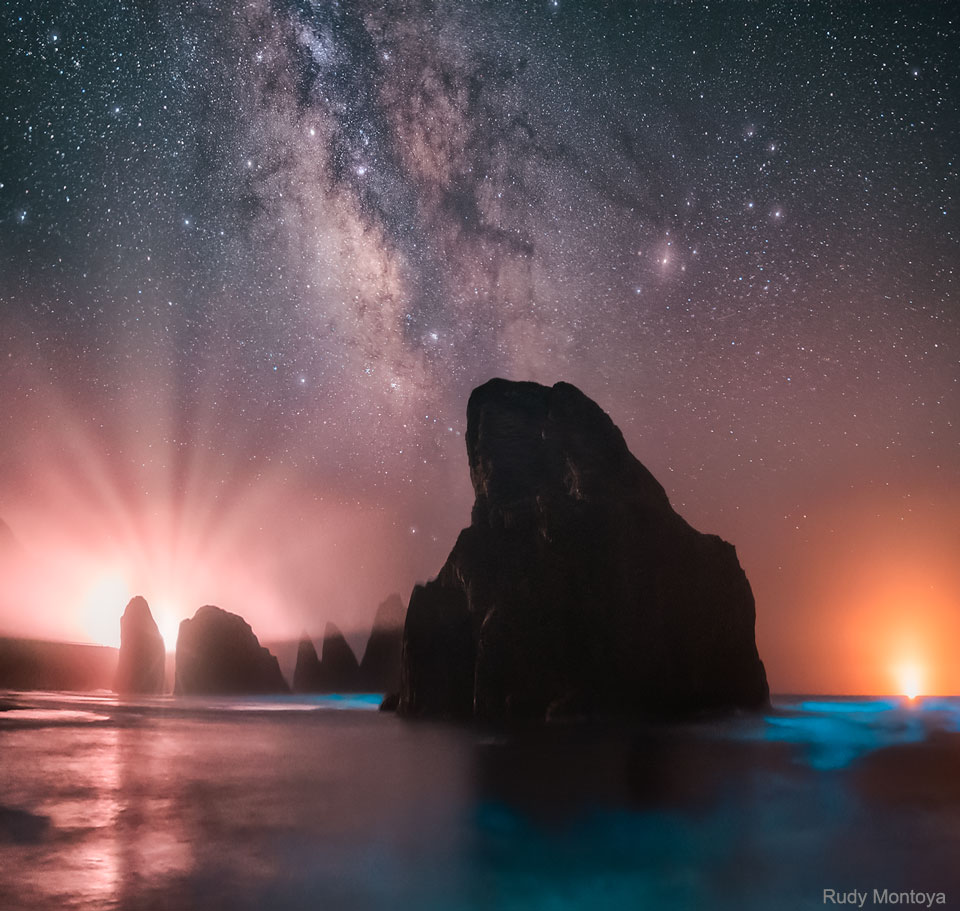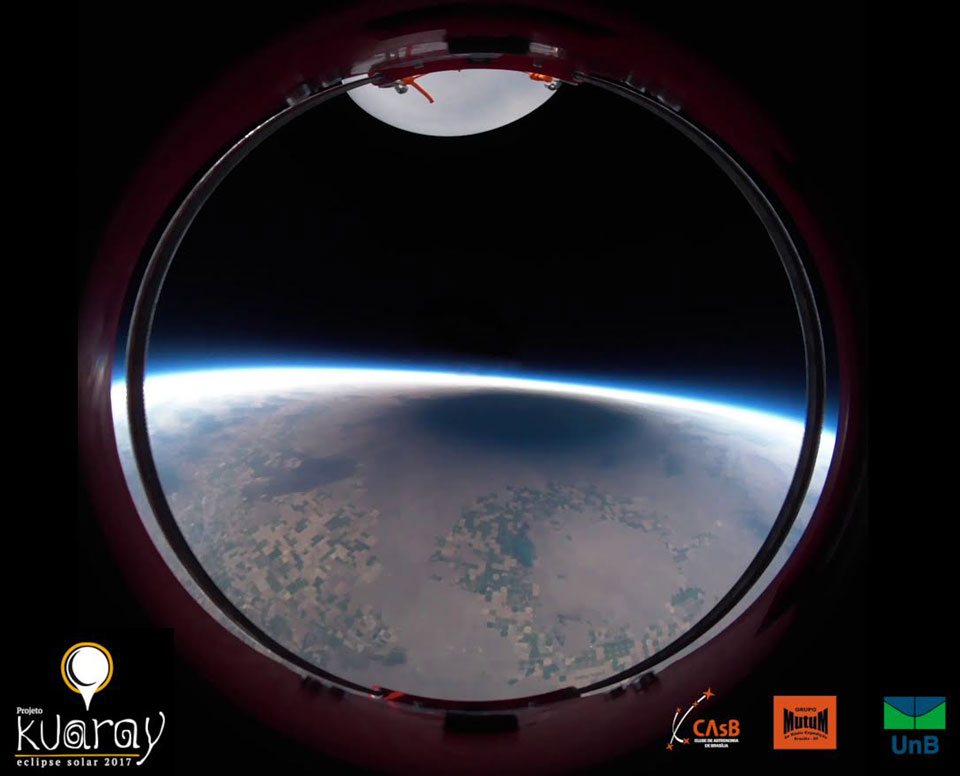
Si le ciel prend une couleur verdâtre à l’approche d’un orage, est-ce là une indication que des phénomènes violents vont se produire, comme des tornades ou des gros grêlons par exemple ? Beaucoup de personnes associent la couleur verdâtre d’un ciel orageux à l’arrivée imminente de phénomènes intenses. Cependant, est-ce une réalité physiquement démontrée ou cela tient-il plus de la légende urbaine ?
Parfois, lors de l’arrivée d’un orage, le ciel prend une couleur verdâtre. Il existe un discours populaire selon lequel cette coloration céleste serait l’indice que des phénomènes particulièrement violents sont sur le point de se produire. Sont notamment évoquées les tornades et la grosse grêle. Par exemple, dans les régions très sujettes aux tornades – comme le centre des États-Unis – l’apparition d’un ciel verdâtre devrait encourager les habitants à se mettre en sécurité dans leur cave ou dans un abri adapté. Ces associations se sont progressivement propagées comme des sortes de légendes urbaines, sans que l’on puisse facilement en démêler le vrai du faux.
.../...
Science Post

